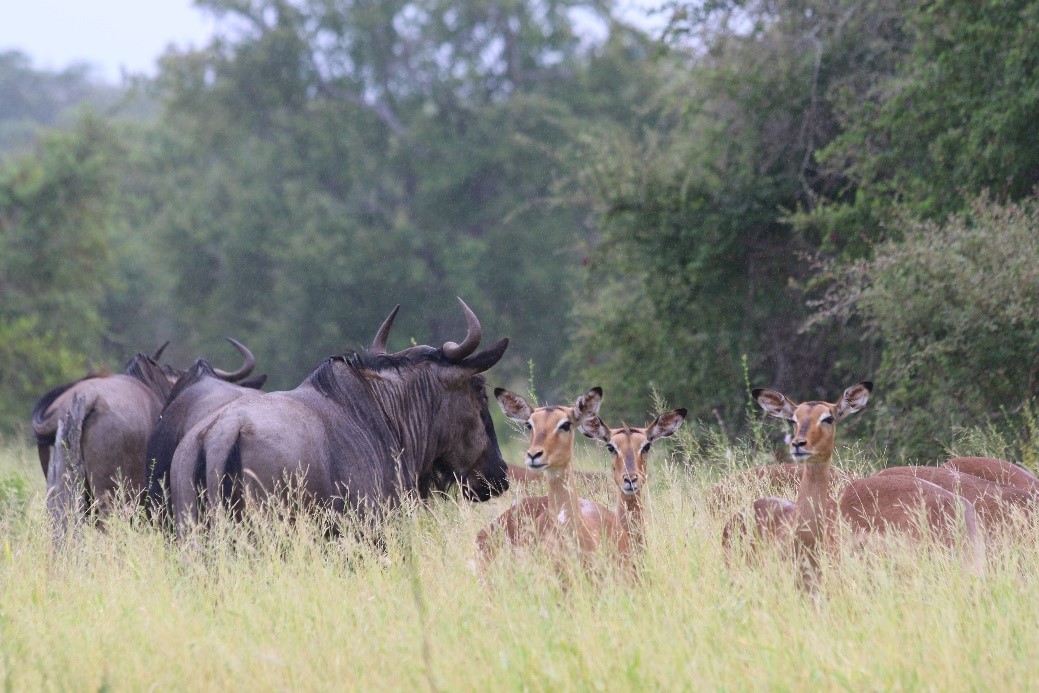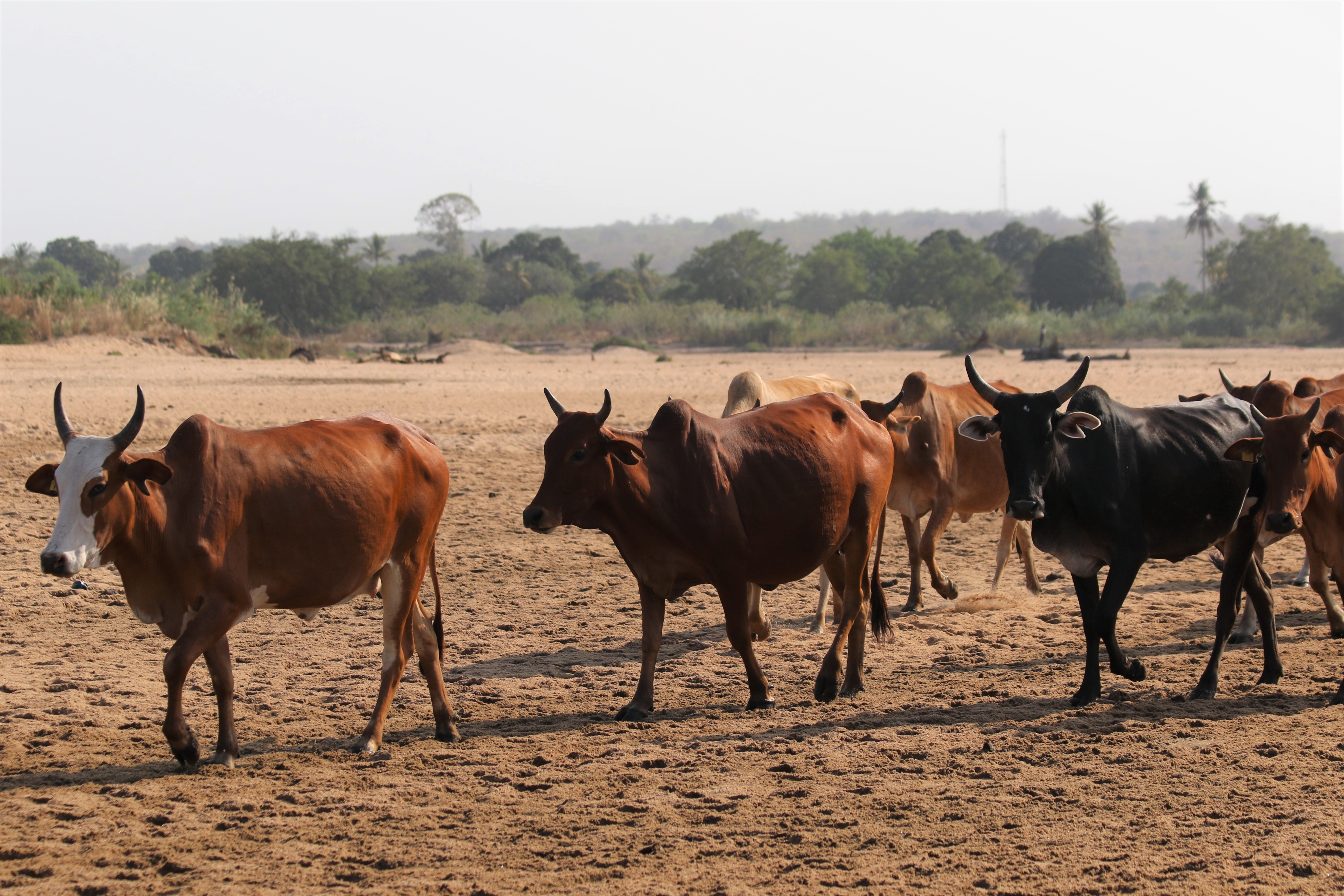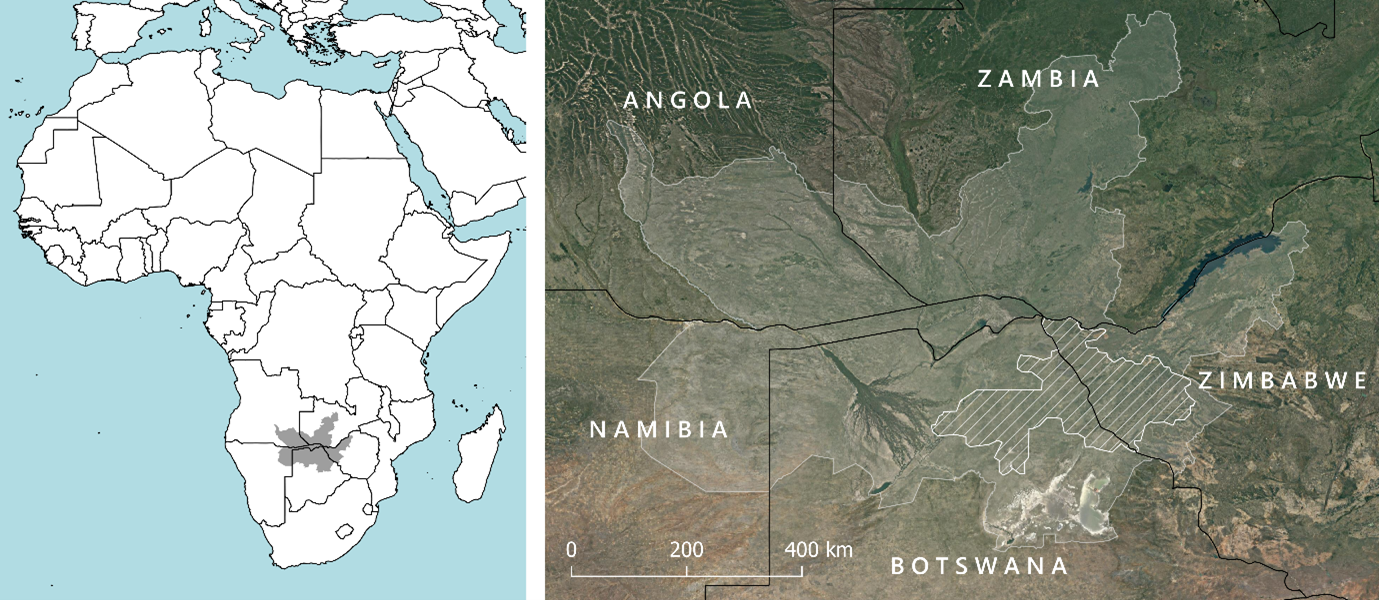News
New study taps into existing data to reveal multi-species habitat associations in Africa’s largest TFCA
Over the years, WildCRU has amassed an impressive range of data thanks to the hard work of our field teams across the world. Although many of these datasets are collected with a specific study or analysis in mind, our researchers are also constantly thinking of new ways to explore research questions using the data that we already have.
A new paper by WildCRU researchers, published in Journal of Applied Ecology, is the result of this kind of thinking. The study – which was led by Dr Charlotte Searle & Dr Zaneta Kaszta, and co-authors at WildCRU’s Trans-Kalahari Predator Programme (TKPP), Frankfurt Zoological Society, the governments of Botswana & Zimbabwe, and the US Forest Service – used 4,824 km of transect data collected by the TKPP team across a 30,000km2 area spanning Botswana and Zimbabwe. The TKPP field teams built this impressive dataset by driving or walking along roads and tracks and recording all the animal tracks, or “spoor”, they encountered.
The study area was located in the southern KAZA Transfrontier Conservation Area, across northern Botswana and western Zimbabwe.
The research team knew that they wanted to use this dataset to model distributions and habitat associations for multiple mammal species, including both carnivores and herbivores. However, given the size of the study area (the same size as Belgium!) and diversity of study species, they needed a modelling technique that wouldn’t struggle with complex or unintuitive relationships. They were in luck: in recent years, machine learning approaches have emerged as a powerful tool to model complex systems.
One approach that is becoming an important part of the ecological toolset is random forest, a powerful machine-learning algorithm which has been used in remote sensing, restoration ecology, habitat suitability and connectivity analyses, and climate change predictions. In simple terms, random forest models consist of multiple decision trees that operate as an ensemble. Each of these individual decision trees makes a class prediction, and the random forest selects the class with the most predictions across all its constituent decision trees. The decision trees that make up a random forest are built with random subsets of a complete dataset, selected via a bootstrap aggregation (“bagging”) procedure; the remaining “out-of-the-bag” data are then used to evaluate the model.
By using random forest to model species-habitat relationships from the TKPP spoor dataset, the authors were able to shed light on how the mammal community in the southern KAZA Transfrontier Conservation Area is influenced by environmental and human variables. Although there was considerable variation in the factors shaping habitat use across the 16 study species, rainfall, soil nutrients, and vegetation stood out as the most important factors, likely through their associations with food resources for herbivores and, in turn, prey availability for carnivores. Anthropogenic pressures also appeared to have an important influence on habitat use: one stand-out finding was that many species selected against areas with a high density of cattle. Based on these findings, the authors highlight changing rainfall patterns and increasing livestock numbers as two emerging trends that may impact wildlife distributions, both within sub-Saharan Africa and on a global scale.
This work was made possible by scholarship funding from the Oxford NERC Environmental Research DTP and grants from the Recanati-Kaplan Foundation, and Darwin Initiative for Biodiversity.
Searle, C.E., Kaszta, Ż., Bauer, D.T., Kesch, M.K., Hunt, J.E., Mandisodza‐Chikerema, R., Flyman, M.V., Macdonald, D.W., Dickman, A.J., Loveridge, A.J. and Cushman, S.A., 2022. Random forest modelling of multi‐scale, multi‐species habitat associations within KAZA transfrontier conservation area using spoor data. Journal of Applied Ecology.
-
 Rainfall patterns are an important determinant of wildlife distributions, and are expected to change considerably under climate change. Photo: Charlotte E. Searle
Rainfall patterns are an important determinant of wildlife distributions, and are expected to change considerably under climate change. Photo: Charlotte E. Searle -
 Livestock numbers in sub-Saharan Africa are expected to increase substantially in the coming years to meet growing demand, which will contribute to habitat degradation and conversion. Photo: Charlotte E. Searle
Livestock numbers in sub-Saharan Africa are expected to increase substantially in the coming years to meet growing demand, which will contribute to habitat degradation and conversion. Photo: Charlotte E. Searle






